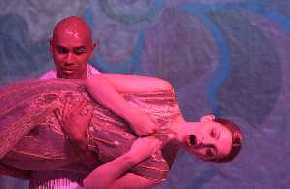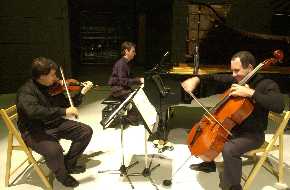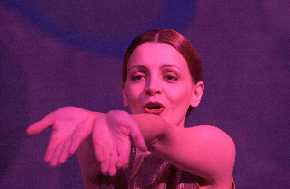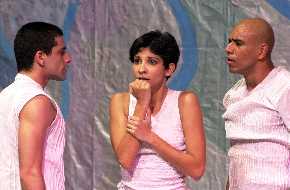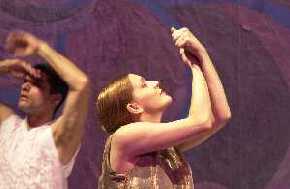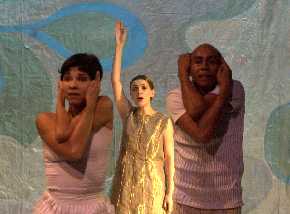
Peace to the City and the Decade to Overcome Violence
Violence has grown all over the world. It manifests itself in many different ways, with deep and complex causes. Urgent and effective action and policies are required to overcome it. In many cases, the very survival and sustainability of life in human community are at stake.
The World Council of Churches (WCC) has encouraged churches and other groups in the ecumenical movement as well as in the world-wide civil society to take on initiatives to break the cycle of violence.
One such effort is the Peace to the City, launched as a global campaign in 1997. It started in seven cities where both destructive and constructive forces are present: Rio de Janeiro (Brazil); Belfast (North Ireland); Boston (USA); Colombo (Sri Lanka); Durban (South Africa); Kingston (Jamaica); and Suva (Fiji). The focus of the Campaign was not on violence in the cities, whose widespread incidence and complexities are widely known, but rather on creative efforts to overcome violence through cross-community work aimed at building bridges between and reconciling communities torn apart by conflict and violence. |
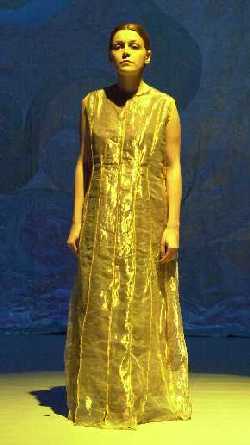 Click to the programme notes: |
|
The campaign highlighted these experiences and creative models, recognized their methodologies, stimulated the exchange of knowledge and set up a wide global network to encourage other communities to take similar initiatives in their own contexts. Peace to the City still works as a global network for sharing and supporting practical local and international efforts, aimed at overcoming violence and building a culture of peace. At the Eighth Assembly of the World Council of Churches, held in Harare, Zimbabwe in December 1998, the churches were inspired by the stories from the Peace to the City campaign and other initiatives and recognized the need for the churches to address together the growing violence in their communities and in the world. The delegates called for a Decade to Overcome Violence: Churches Seeking Reconciliation and Peace, 2001-2010. This ballet suite, Peace to the City builds on the stories from the campaign and brings artistic expression to the Decade and the world-wide struggle to overcome violence and build a culture of peace. |
|
World Council of Churches The World Council of Churches (WCC) is a fellowship of churches, now 337, from virtually all Christian traditions in more than 100 countries in all continents. The membership includes Orthodox, Anglican and Protestant traditions. The Roman Catholic Church is not a member church but works cooperatively with the WCC. The highest governing body is the Assembly, which meets every seven years. The WCC was founded in 1948 in Amsterdam, Netherlands, and its main offices are located in Geneva, Switzerland. |
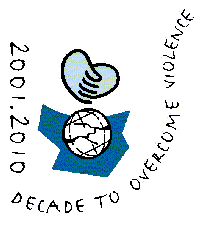
|
© 2000 world council of churches | remarks to webeditor
